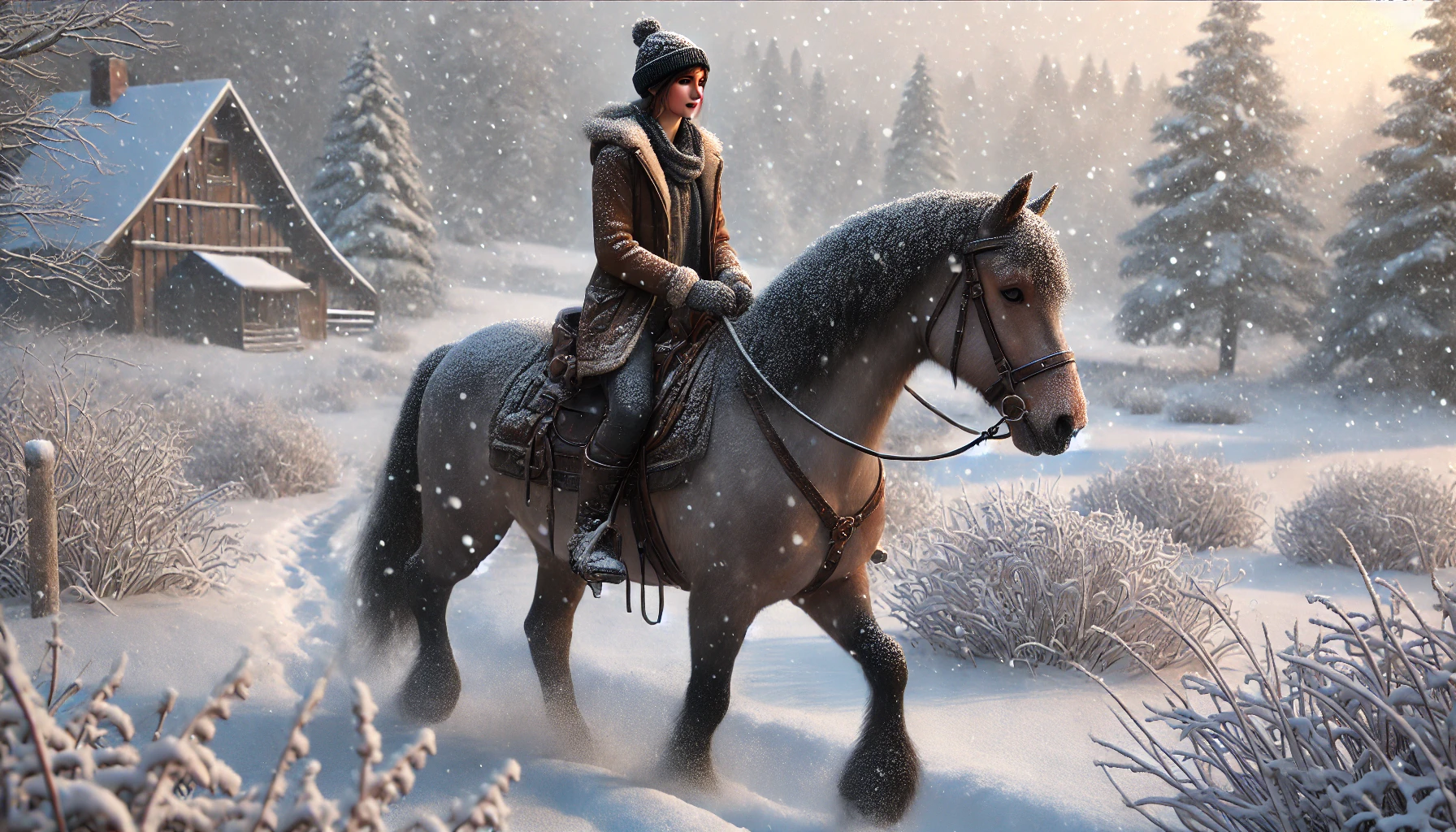
Winter riding can be a magical experience, but it’s important to be ready for the unique challenges it brings. The cold, wind, and occasionally unpredictable weather mean riders need to be adaptable and vigilant.
Getting the right gear is crucial. Insulated riding boots, gloves, and a warm, waterproof jacket can make all the difference. Remember, layering is your friend—think warmth without bulk so you can move freely. Your horse will thank you for putting on a good, well-fitted turnout blanket to guard against the chill.
Grooming becomes more than just making your horse look good. It’s about maintaining their coat and checking for signs of issues like skin conditions that can flare up in winter. A good rule of thumb: groom often and use a curry comb to promote a healthy coat under those thicker winter jackets.
Safety can’t be overstressed. Shorter daylight hours mean visibility goes down and hazards multiply. Invest in reflective gear for both you and your horse. Additionally, consider keeping rides shorter but more frequent to balance enjoyment and safety. Always check the weather before heading out to ensure both you and your horse stay safe.
Maintaining Horse Health During Cold Months

Keeping your horse healthy in winter is all about attention to detail, especially their nutritional needs. Hay becomes the mainstay of a horse’s diet during cold months since it helps maintain body temperature. Adding supplements like vitamin E or omega-3 fatty acids can continue to support their immune system when fresh grass isn’t available.
Routine healthcare shouldn’t take a back seat just because it’s cold out. Winter vaccinations and regular check-ups by a vet ensure your horse remains in top shape. Cold weather can also be tough on hooves, so frequent inspections are key. Pick out any snow, ice, or mud regularly to prevent health issues.
Exercise is another important factor, even when the temperatures drop. While you might be tempted to keep sessions short, remember that horses need to stay active for both their mental and physical well-being. Warmups and cooldowns become increasingly significant to prevent stiffness. Adjust exercise intensity based on the weather and ground conditions for safety.
Bear in mind, hydration is as crucial in winter as it is in the heat of summer. Horses drink less when it’s cold, so ensure water stays unfrozen and accessible. Use heated waterers or check frequently to break any ice. Encouraging your horse to drink may require you to slightly warm the water or add some flavor if needed.
Navigating Common Winter Riding Hazards

Winter presents a unique set of challenges for riders, with ice and sleet posing significant hazards. Keeping an eye on the path ahead can help identify potential slip spots. If the surface seems too slick, it might be best to stick to well-trodden paths or stay indoors.
Visibility can become a pressing issue with fog and snow flurries. Wearing bright clothing or attaching reflective gear to yourself and your horse increases your chances of being seen. It also doesn’t hurt to pack a small flashlight or headlamp for those dim, dusky rides.
Cold stress is another thing to watch out for. Signs like shivering or stiffness mean your horse is telling you it’s too cold. Ensure they have proper shelter before and after riding, and keep rides to a comfortable length. Always feel their ears as a quick check for body temperature – if they’re cold, consider more layers or shortening the ride.
Even with the best planning, unexpected situations can arise. Having an emergency kit on hand – including a first-aid kit for both horse and rider, extra blankets, and energy-dense snacks – ensures you’re prepared for anything the winter throws your way.

